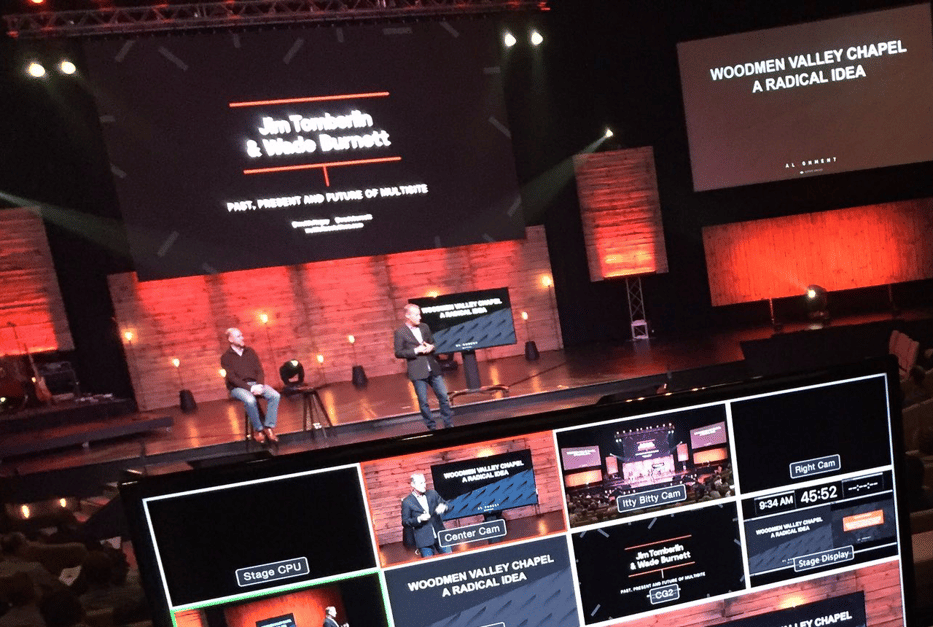Our recap from the 2016 Alignment Conference.
Decades ago, multisite started as a Band-Aid strategy for megachurches who needed more space. This movement has grown into a reproducing and multiplying strategy for many churches looking for new ways to reach more communities and people for Christ.
Recently, a few of our team members joined Aspen Group and pastors and church leaders from around the country at the 2016 Alignment Conference. This year, trusted experts and leading practitioners came together for a one-day deep dive into today’s methods and models for launching new congregations.
Our team was inspired by three main ideas that highly impact the success of multisite congregations:
- Organizations must have a strong culture and strategy.
- More locations = more staffing.
- Communications leaders are key.
Organizations Must Have a Strong Culture and Strategy
During a session on leadership, Jenni Catron reminded us of one of God's greatest commandments: "Love the Lord your God with all your heart and with all your soul and with all your strength and with all your mind."
Jenni outlined this main idea by explaining that for a leader to be successful, he/she would focus on these four areas:
- Heart: The Who – The people who you lead
- Soul: The Why – Your DNA
- Strength: The What – Your vision
- Mind: The How – Your structure
Thriving leaders work at the intersection of all four – Culture is the Heart and Soul; Strategy is the Strength and Mind.
More Locations = More Staffing
Leah Norton, Partner and Director of Client Strategy here at Fishhook, led a session on multisite communications. There was significant interest and conversation around staffing the communications team (what positions, how many, etc.). Over and over again, she heard:
Many centralized church communications teams are made up of three to five people (a strategic communications director/leader, a project manager(s), writer(s), graphic designer(s), online/digital support, photographer and/or videographer.
Many church communications teams are now functioning as small communications agencies. The church’s lead team, campuses and ministries are the clients. Many communications teams track and budget for their hours with the different clients and projects. This is how you manage and stay accountable for your time. It also helps you know when to add to the team.
Three to five people is a strong core communications team. As a church grows, you’ll add another person for every additional couple of campuses.
Communications Leaders Are Key
We were struck by all the different ways people do multisite. There isn’t a formula; there are different models, but nothing exactly the same. And then there are hybrid models that combine a few of these concepts into one, so the answers for all the multisite questions don’t have just one answer.
However, during a breakout session led by Fishhook's Shayla Kenworthy, one thing was clear: no matter the size, denomination or organization of the multisite, it is crucial for churches to have a leader who strategically focuses on communications. It's a vital role for any church, but the communications leader is a big piece in the multisite puzzle.
If your church currently has multiple locations or if you're planning on going multisite and you don't have a communications leader, download our Communications Director Job Description.
